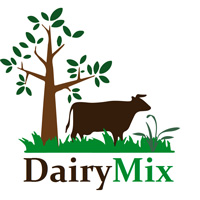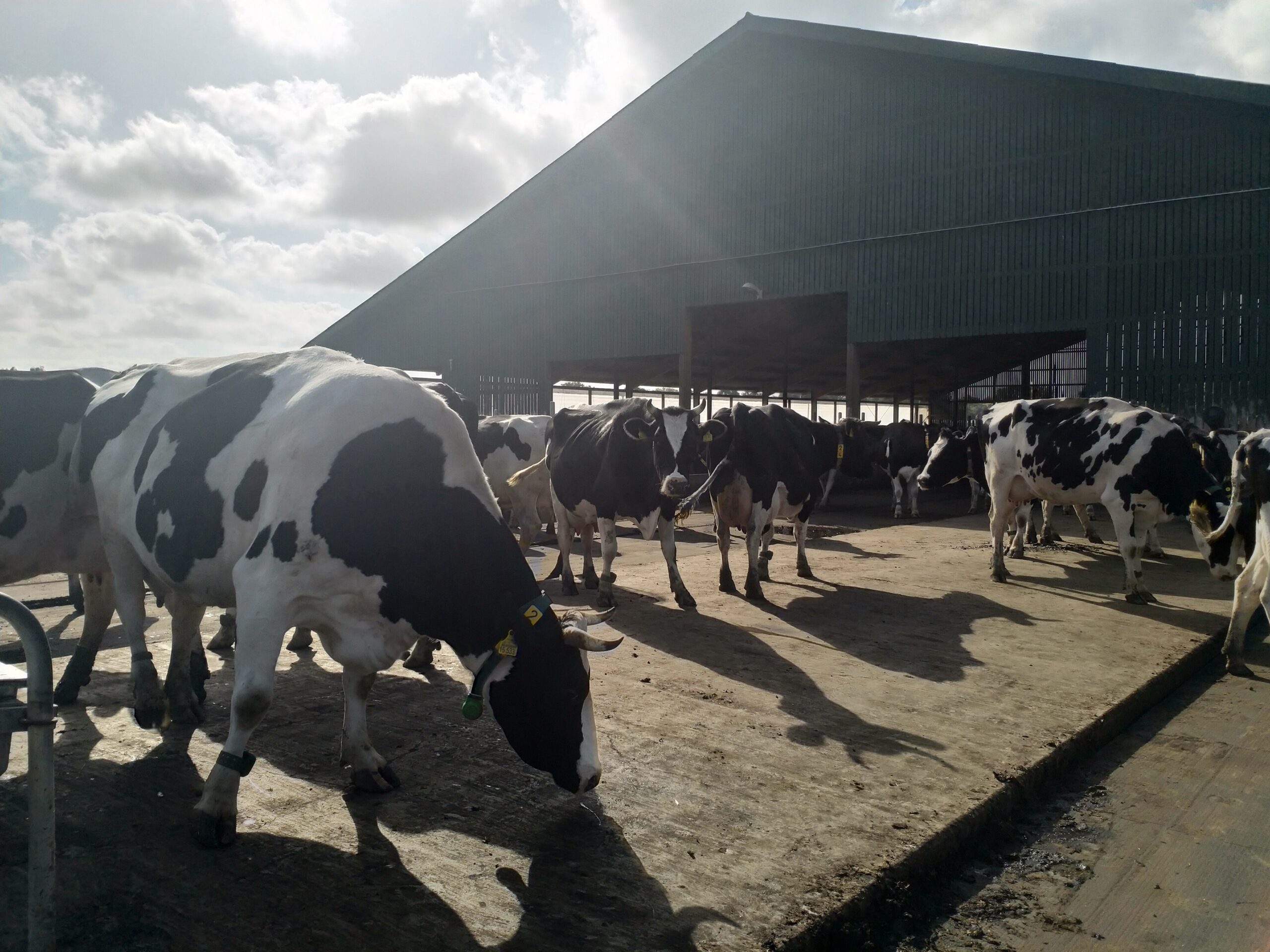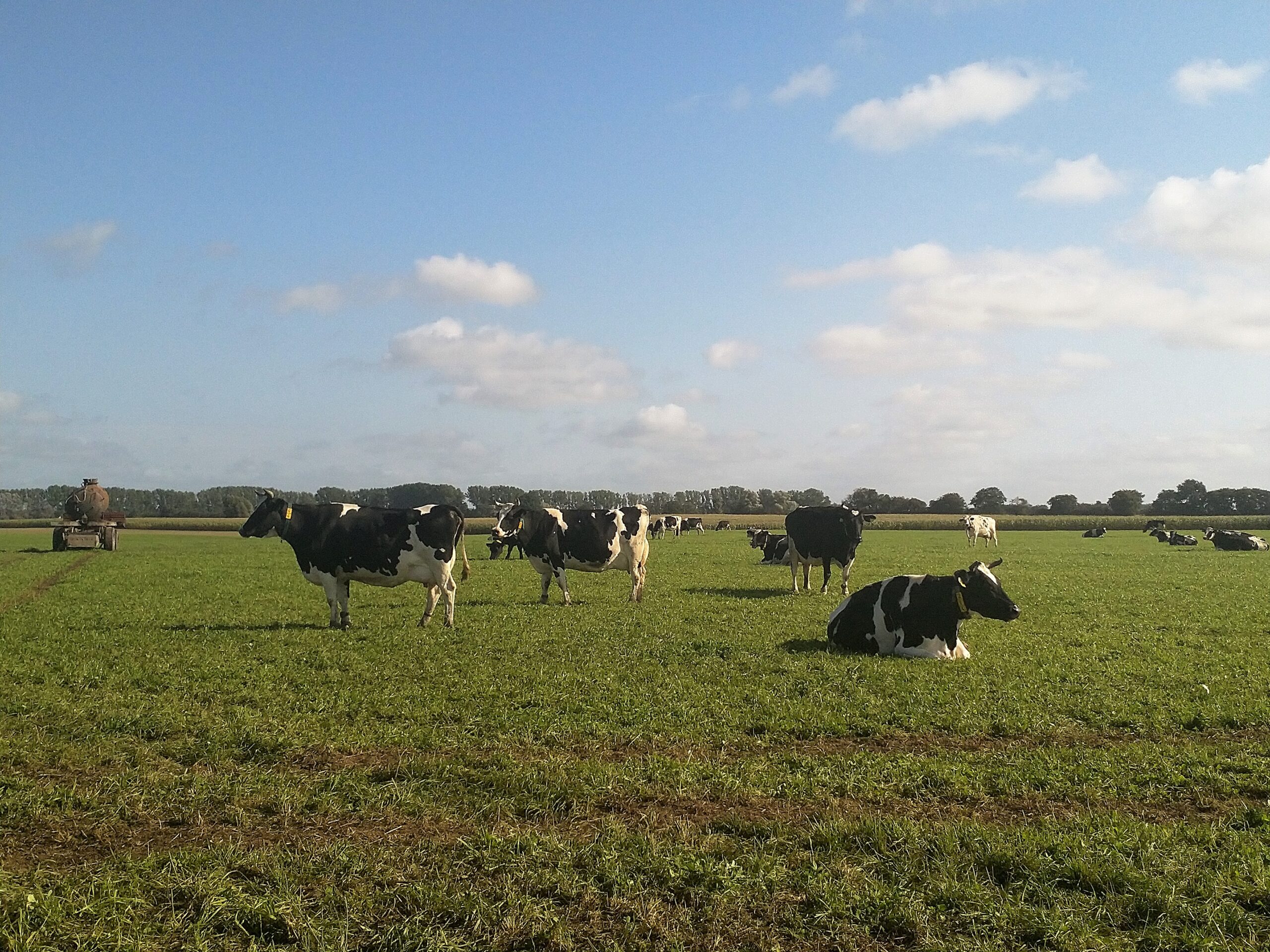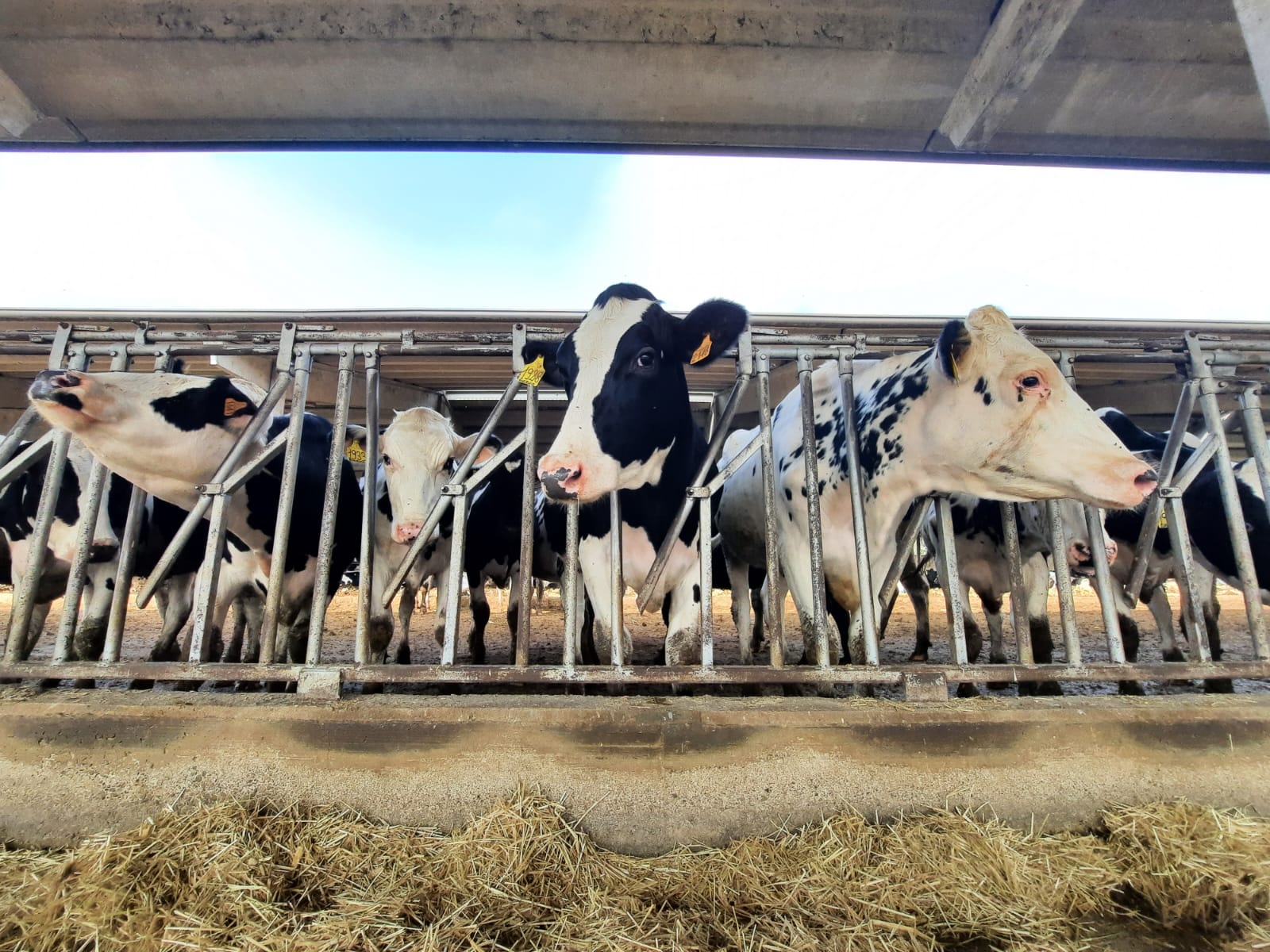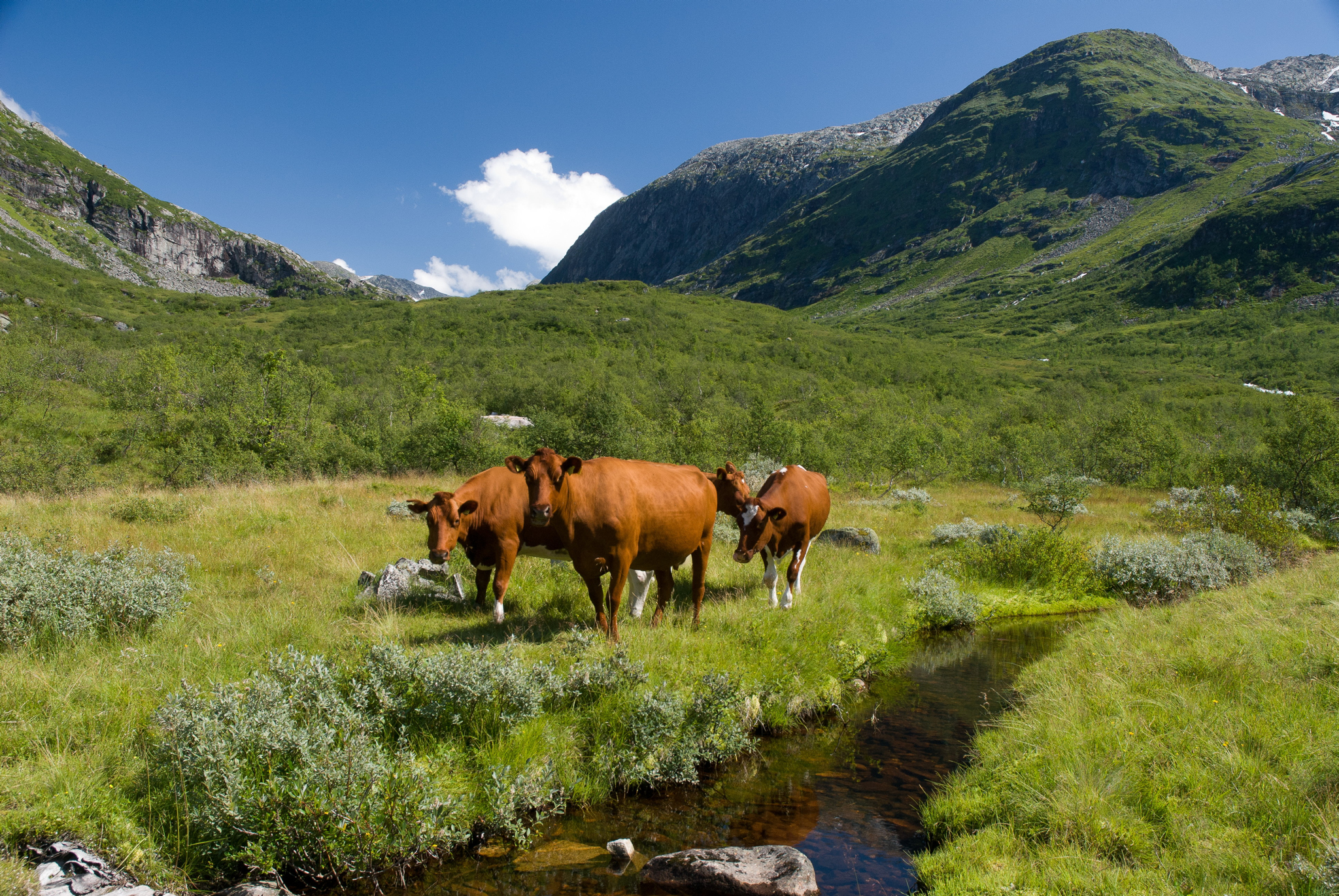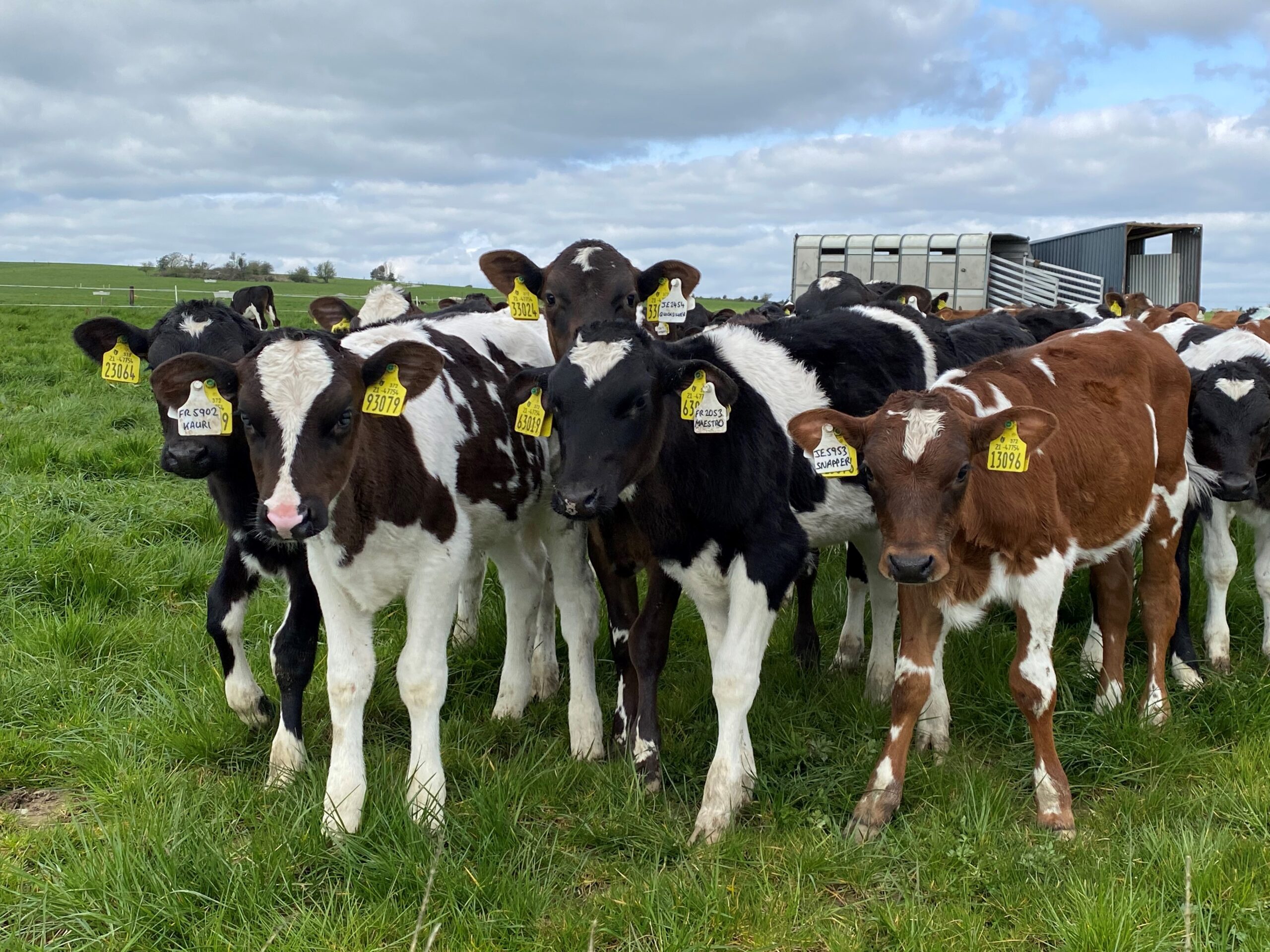Casey JW, Holden NM (2005) Analysis of greenhouse gas emissions from the average Irish milk production system. Agric Syst 86:97–114. https://doi.org/10.1016/j.agsy.2004.09.006
Chadwick DR, Pain BF (1997) Methane fluxes following slurry applications to grassland soils: Laboratory experiments. Agric Ecosyst Environ 63:51–60. https://doi.org/10.1016/S0167-8809(96)01119-X
DEFRA (2010) Guidelines to Defra/DECC’s greenhouse gas conversion factors for company reporting
Del Prado A, Chadwick D, Cardenas L, et al (2010) Exploring systems responses to mitigation of GHG in UK dairy farms. Agric Ecosyst Environ 136:318–332. https://doi.org/10.1016/j.agee.2009.09.015
Del Prado A, Chadwick D, Scholefield D (2009) New integrated dairy production systems: Specification, practical feasibility and ways of implementation
Del Prado A, Misselbrook T, Chadwick D, et al (2011) SIMSDAIRY: A modelling framework to identify sustainable dairy farms in the UK. Framework description and test for organic systems and N fertiliser optimisation. Sci Total Environ 409:3993–4009. https://doi.org/10.1016/j.scitotenv.2011.05.050
Del Prado A, Scholefield D (2008) Use of SIMSDAIRY modelling framework system to compare the scope on the sustainability of a dairy farm of animal and plant genetic-based improvements with management-based changes. J Agric Sci 146:195–211. https://doi.org/10.1017/S0021859608007727
Díaz de Otálora X, del Prado A, Dragoni F, Balaine L, Pardo G, Winiwarter, W, … & Amon B (2024). Modelling the effect of context-specific greenhouse gas and nitrogen emission mitigation options in key European dairy farming systems. Agronomy for Sustainable Development, 44(1), 4. https://doi.org/10.1007/s13593-023-00940-6
Giger-Reverdin S, Morand-Fehr P, Tran G (2003) Literature survey of the influence of dietary fat composition on methane production in dairy cattle. Livest Prod Sci 82:73–79. https://doi.org/10.1016/S0301-6226(03)00002-2
IPCC (1997) IPCC Guidelines for National Greenhouse Gas Inventories. Paris
Webb J, Misselbrook TH (2004) A mass-flow model of ammonia emissions from UK livestock production. Atmos Environ 38:2163–2176. https://doi.org/10.1016/j.atmosenv.2004.01.023
Yamulki S, Jarvis SC, Owen P (1999) Methane Emission and Uptake from Soils as Influenced by Excreta Deposition from Grazing Animals. J Environ Qual 28:676–682. https://doi.org/10.2134/jeq1999.00472425002800020036x
